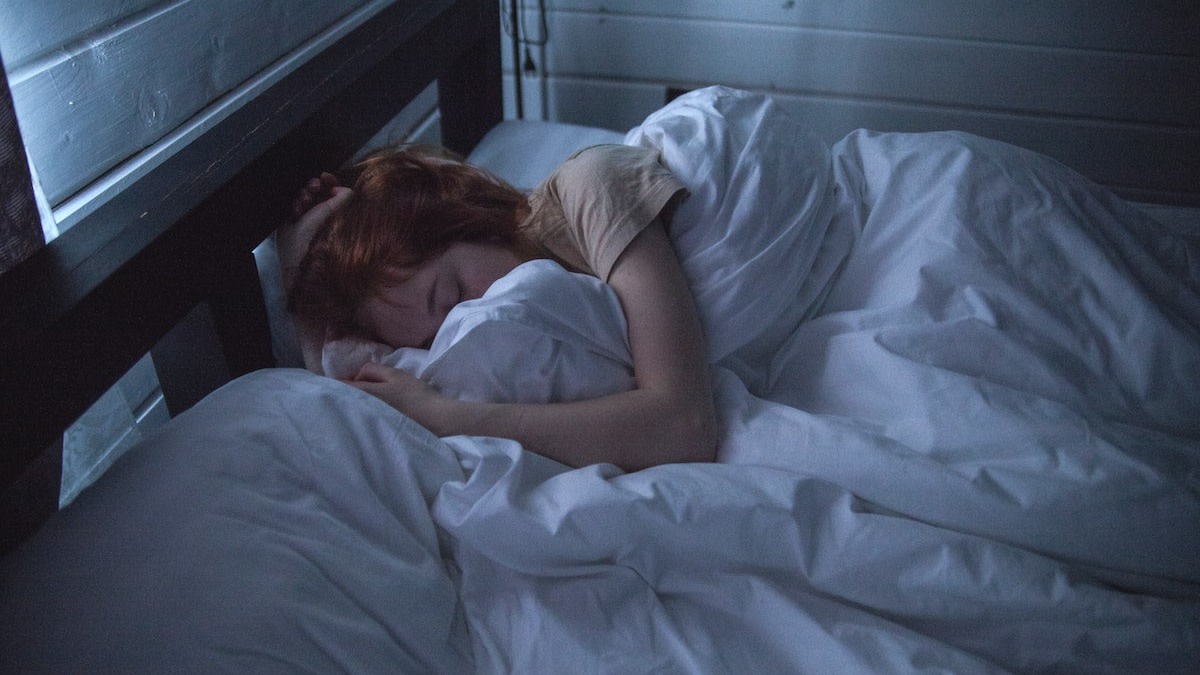How REM Sleep Behavior Disorder Works
Written by MasterClass
Last updated: Jun 7, 2021 • 2 min read
REM sleep behavior disorder is a rare disorder that can cause abnormal and sometimes harmful behavior during sleep.
Learn From the Best
What Is REM Sleep Behavior Disorder?
Rapid eye movement sleep behavior disorder (also known as RBD) is a sleep disorder that causes dream enactment—extreme physical and verbal reactions to dreams—during sleep. During standard REM sleep, the body enters muscle atonia, a temporary state of paralysis that prevents our arms and legs from moving while we sleep. Individuals with RBD do not enter atonia during the REM sleep stage, so their bodies can move to enact their dreams.
The disorder is extremely rare, occurring in less than one percent of the population, with men more likely to develop it than women. According to the National Center for Biotechnology Information, the disorder typically presents itself after the age of 50 and is potentially an indication of a future neurodegenerative disorder. Due to the behavioral aspect, the International Classification of Sleep Disorders classifies the disorder as a form of parasomnia, a family of sleep disorders that includes sleep terrors and sleepwalking.
What Are the Main Symptoms of REM Sleep Behavior Disorder?
The symptoms of REM sleep behavior disorder fall into two primary categories: involuntary motor response and vocalization. People with RBD will either exhibit mild physical reactions, like hand movements, or more extreme reactions like punching, kicking, and even getting out of bed and attempting to run. These movements can result in sleep-related injuries for the patient and their bed partner.
Common sleep vocalizations include talking, shouting or screaming, laughing, cursing, and crying during sleep.
Treatment Options for REM Sleep Behavior Disorder
Consult a medical professional to discuss a diagnosis of RBD and possible treatment options. RBD treatment usually begins with a consultation with a medical professional, like a sleep specialist or neurologist, who may ask the patient to keep a sleep diary or fill out the Epworth Sleepiness Scale, which looks at the level of sleepiness during daytime activities.
Doctors may also request that the patient participate in a sleep study or polysomnography (PSG), an overnight sleep test that monitors how you sleep, your brain activity (using an electroencephalogram or EEG), and your heart and breathing rates. The polysomnographic test can help doctors determine whether a patient has REM sleep behavior disorder, narcolepsy, sleep disturbances, like obstructive sleep apnea, night terrors, or periodic limb movements, which have symptoms that resemble RBD.
Want to Learn More About Catching Those Elusive Zs?
Saw some of the best darn logs of your life with a MasterClass Annual Membership and exclusive instructional videos from Dr. Matthew Walker, the author of Why We Sleep and the founder-director of the Center for Human Sleep Science at the University of California, Berkeley. Between Matthew’s tips for optimal snoozing and info on discovering your body’s ideal rhythms, you’ll be sleeping more deeply in no time.
